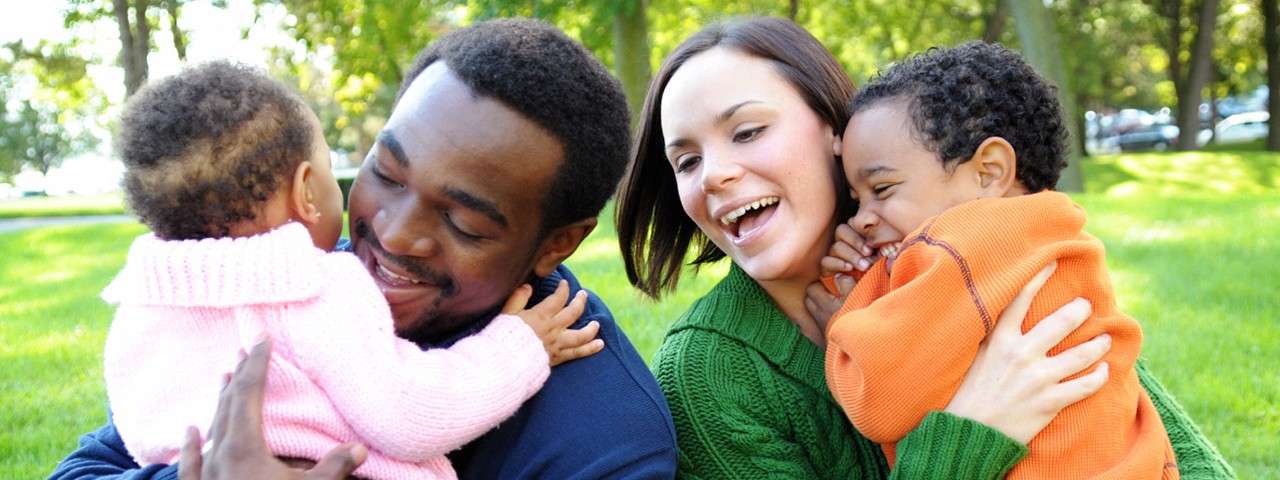4 Ways to Promote Healthy Attachment in Infants
- Tweet

Attachment is your baby’s feeling of safety and her assurance that you are available to meet her needs. Attachment is a crucial element of her early development and is an important predictor of her later social adjustment. A secure attachment to her closest caregivers helps your baby deal with distressing situations, strange environments, and perceived threats. It will help her grow to be a curious, confident, and cooperative child. She will also be more likely to manage her social behavior, impulses, and emotions appropriately as she grows.
The importance of positive attachment naturally leads us to wonder just what we can do to ensure our babies develop a healthy attachment to us. Is it any surprise that elements of The Urban Child Institute’s “Touch, Talk, Read, Play” strategy are key? Let’s look at some ideas below.
1. Be Involved
Attachment is largely dependent upon what parents do. Therefore, while your little one is an infant, it is especially important that you are present, interactive, and positively engaged with him. Hold him, read to him, smile at him, sing to him. You are his favorite person in the whole world. Your very presence is what he craves and being with you helps him learn that he has a “safe place.”
2. Be Sensitive
Your little one needs your consistent warmth and responsiveness, especially in these first 12 months of life. Responding to her cries and being sensitive to her signals shows her that she can trust you to meet her needs. She needs to know that she can count on you to comfort her, feed her, and soothe her. When she is secure, knowing she has someone who will meet her needs, she is free to explore other areas that are key for healthy development.
3. Be Appropriate
Parenting an infant can be exhausting. But it is critical for his social and emotional development that your responses to him be appropriate. Even when you are tired, its important to be positive and encouraging. He is learning from every interaction with you; remember that you are modeling for him how to be in control of your behavior and emotions.
4. Be Affectionate
Smile at your baby from across the room. When you interact with her, let her see how much you enjoy her. Hug, giggle, snuggle, coo with her. Show her that you notice when she makes a face or tries to talk. Developing this sense of attachment and security frees her to be curious about the world around her, confident that she can return to you, her “safe place”, if she needs to.
There is a parenting philosophy called “Attachment Parenting.” Some of the behaviors that typify this style of parenting are on-demand breastfeeding, extensive carrying and holding, and prompt response to all crying. Not all parents feel led to apply these principles to the same extent. While it’s true that positive attachment in infancy is critical for healthy long-term development, we feel there is room for a spectrum of appropriate practices. The key is not whether you follow some official set of practices, but rather the extent to which you are rested, responsive, and emotionally available for your little one.
The First Years Last a Lifetime.TM
